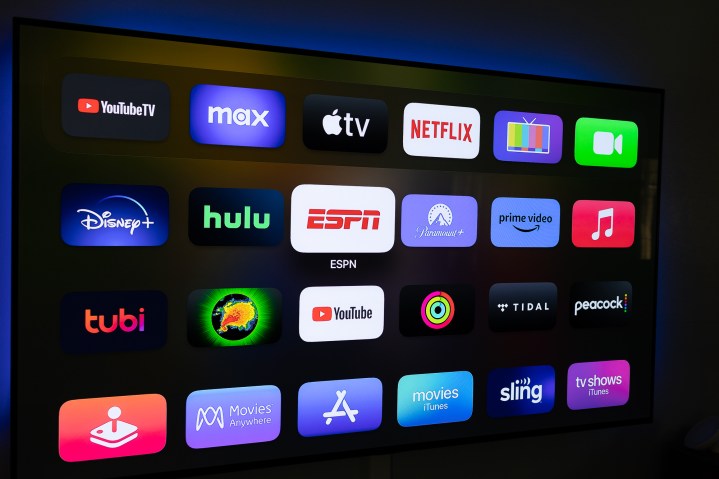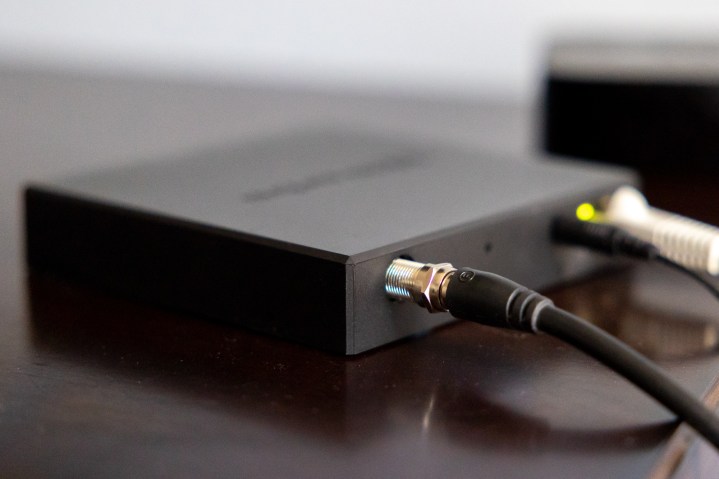
There’s a tremendous amount of gnashing of teeth anytime a streaming service increases its prices. There’s a scramble by media outlets to update SEO-friendly posts and quickly offer alternatives, as if this was all a zero-sum game and you’re able to watch the same things on all the services. Or maybe it’s time to go back to cable altogether because streaming video is just too darn expensive and it’s too hard to find what you want to watch. We’re in one of those times in which it feels like all the services are increasing all the prices, to the extent that Engadget has plainly asked “Is streaming even still worth it?”
That is all missing the point. Terribly.
As for the cost of streaming video, nobody likes seeing prices increase (except for the ones doing the increasing, of course). Nobody wants to be told that they’re going to have to pay more than they were before — especially if you’re not getting any more for your money next month than you were the previous month. Nobody wants to be told that they’ll have to pay up instead of freeloading on their parents’ Netflix account. I get it. It’s basic human nature.
But streaming video services aren’t making widgets. And it’s not as simple as saying, “Yeah, we’re going to be more expensive, but we’re also going to give you 100 more shows and movies to pick from.” Because it’s not the number that matters. Hell, it’s not even the quality of the shows and movies that matters. It’s whether the service has the thing that you want to watch. And they don’t have to have all the things you want to watch — just enough to keep you around. Or, if you’re smart and come and go a couple times a year, they’re able to schedule things in such a way that they keep you coming back.
It’s also not about the very first-world problem of having too many
And the various streaming platforms are trying to integrate things so that you can just ask them, instead of a search engine in a web browser.
No. For my money, here’s why streaming video — with all its faults, and with all its price increases — will keep me from ever going back to cable: It’s all about the flexibility.

If you don’t live in a major metro area, there’s a good chance you only have one option for cable (this argument works the same for satellite, too). That means a single point of failure. That means you’re stuck with their plans, their channels, and their hardware. That means if you want to change things, you have to jump through their hoops. If you’re lucky, you can change things online. But you still might well be left with hardware that has to be returned.
Taking things into your own hands with streaming means you’re going to have to do more work. You’re going to have to figure out which live service has the channels you want. At least YouTube TV — which is still growing — and Hulu With Live TV and all the rest still have some actual honest-to-god competing to do with channel lineups, add-ons, and other incentives. That’s where differentiators like NFL Sunday Ticket really can matter.
You’re going to have to see which services — and how many — will fit into your monthly budget. And you’re going to have to audit those expenses a couple times a year, lest you end up paying far more than you thought you would for services it turns out you’re not really watching that much. It’s a little bit of work, yeah. But it’s also you doing your due diligence when it comes to your expenses.
And you’re also going to have to figure out what hardware you want to do all this on. That’s maybe the easiest part of this whole equation. We’ve got our list of the best streaming hardware out there, but really it’s all about ecosystem. If you’re all-in on Apple, you’ll get the most out of an Apple TV 4K. If you’re among the
And you own that hardware — not a company that’s incentivized to make sure you stay locked in.
Hell, you don’t even have to do any of this if you don’t want to. FAST services (that’s “free, ad-supported television”) are blurring the lines between linear TV — that is, channels that have everyone watching the same thing at the same time — and on-demand viewing. Toss over-the-air TV into the equation — broadcast channels available via an antenna — and a little video source called YouTube and you can still find plenty to watch without spending anything monthly. (And that’s before we even get close to uttering the word TikTok.)
So, yeah. Streaming video is still worth it. It’s not as simple as the olden days when we’d pay one bill for one set of channels and not have anywhere near the same amount of choice as to what we watched — and when and how we watched it. And you can control how little — or how much — you spend on it. Nobody said the future wouldn’t be messy.
But I won’t ever go back to the way it was.
Editors' Recommendations
- YouTube just massively angered Apple fans by adding a feature
- YouTube TV is finally fixing the biggest problem with multiview
- Don’t like giant ads on Amazon Fire TV? Then don’t buy one
- Which streaming platform has the best screensavers?
- Should you buy an obsolete Apple TV?




